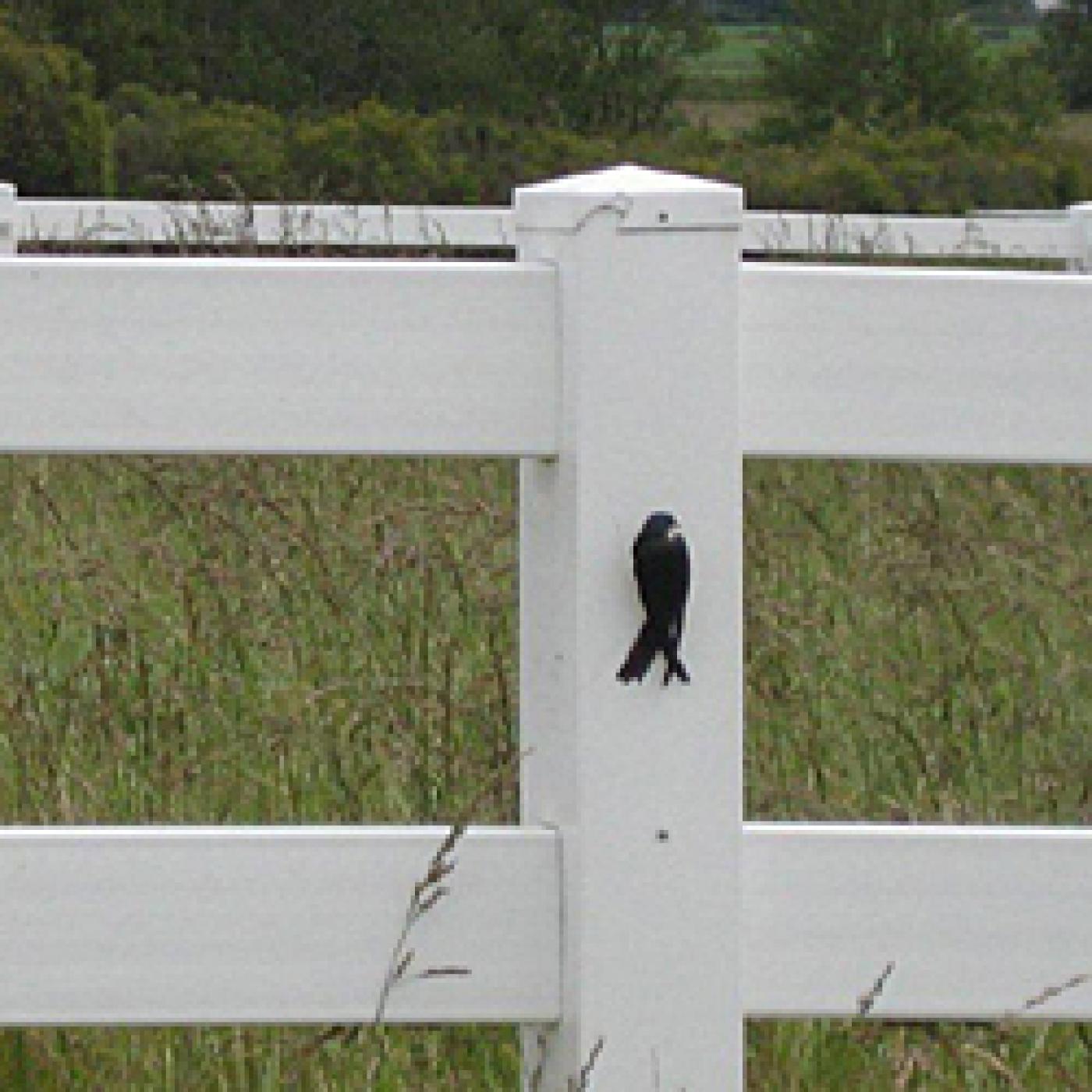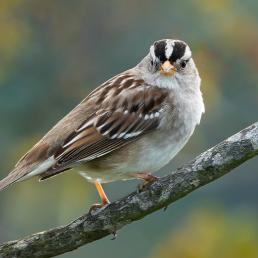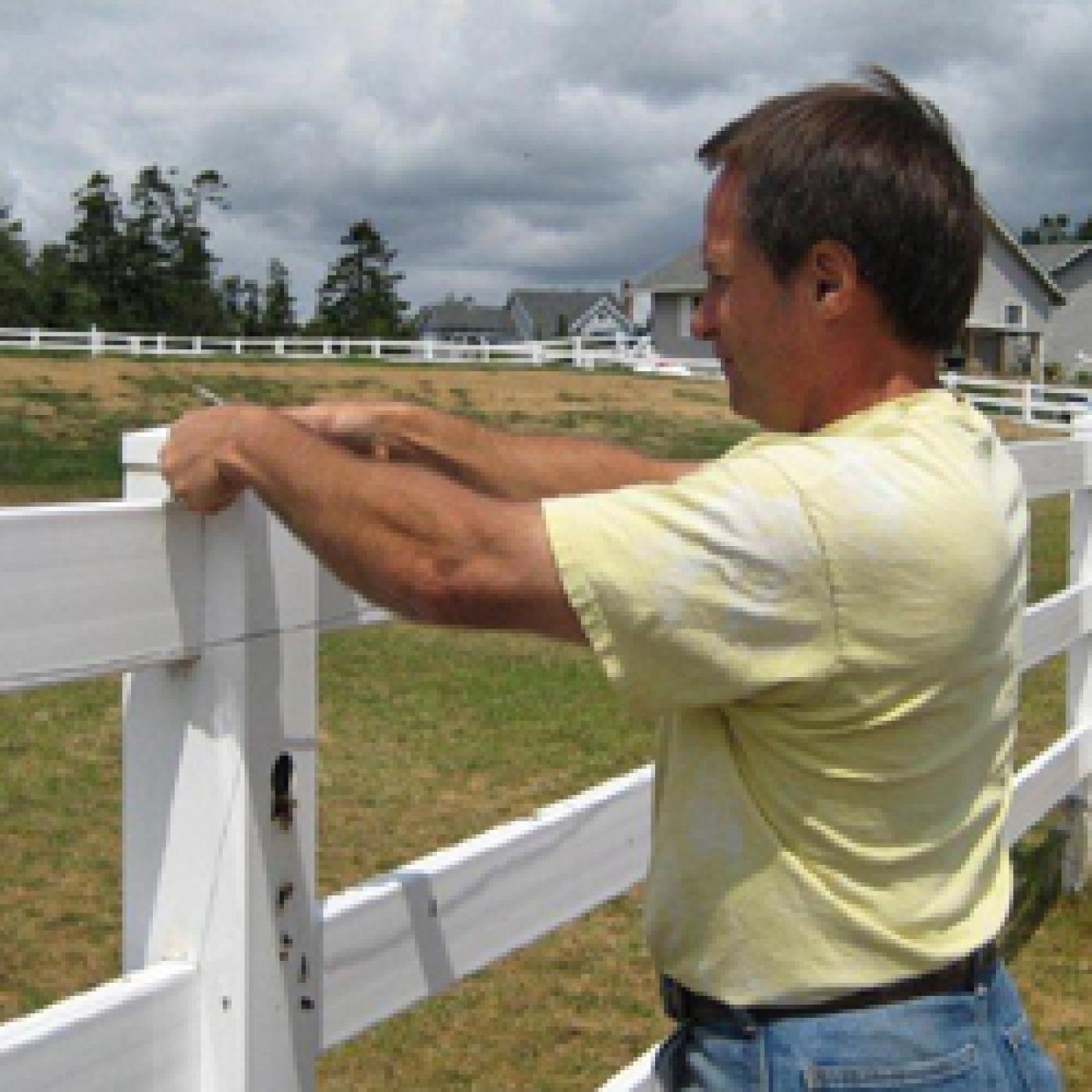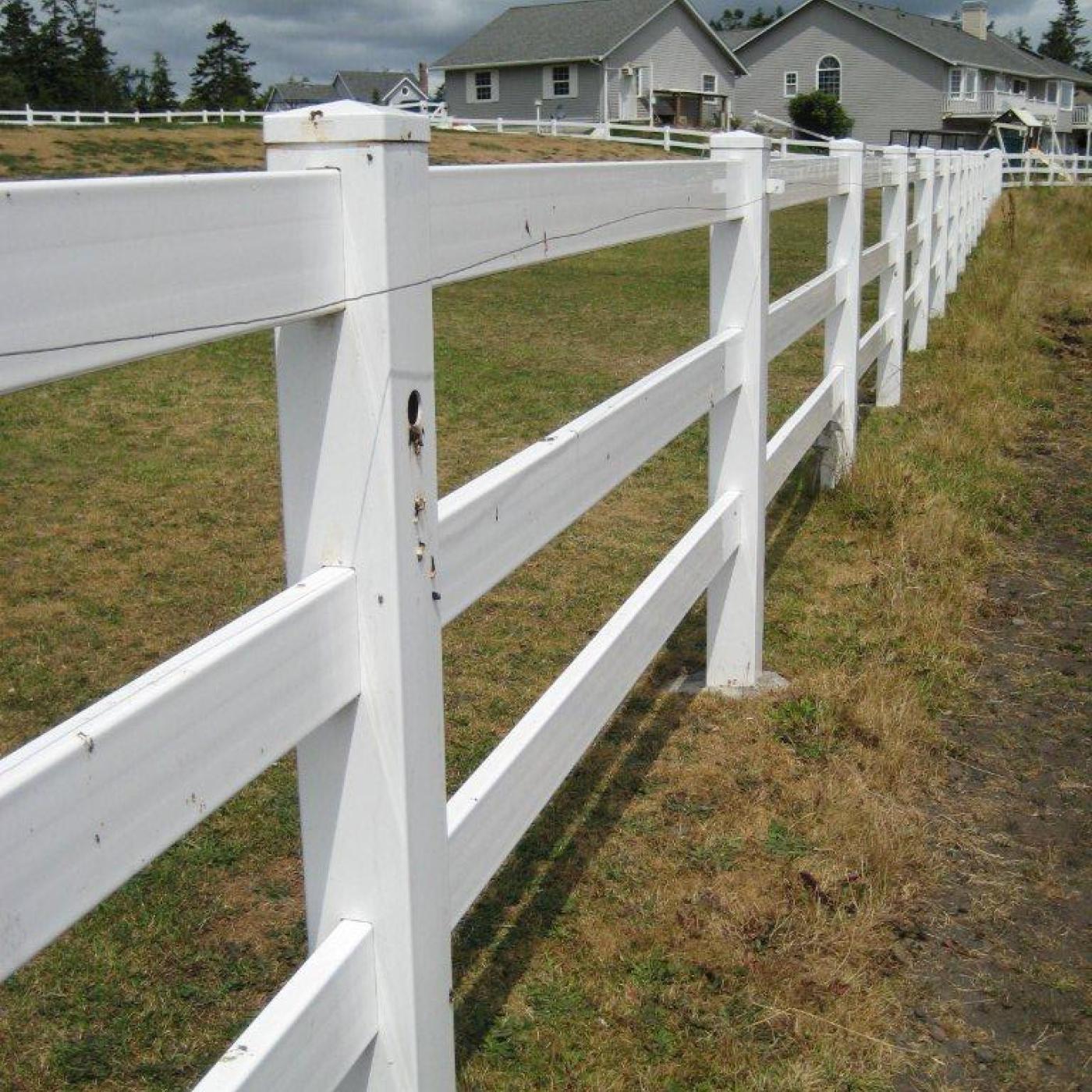

Join BirdNote tomorrow, November 30th!
Illustrator David Sibley and actor H. Jon Benjamin will face off in the bird illustration battle of the century during BirdNote's Year-end Celebration and Auction!
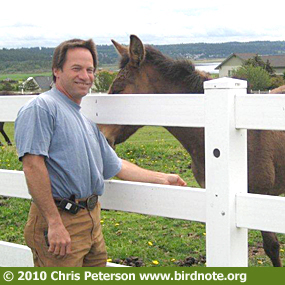
Mark Borden of Whidbey Island, Washington, devised a way to put nestboxes in his vinyl horse fence. The swallows that nest there are most grateful! And his horses and mules are happy about the natural pest control. Mark describes how he did it:
The vinyl fence has three big rails, like most horse-fencing does. The middle rail is about the right height for the floor of a swallow nest. The posts are hollow. Drill two small holes through at the top level of the middle rail. Put a 1½” stainless steel screw in through the back and through the front, so they make a sort of flat platform.
Take the top of the post off (that’s the post-cap), and drop a little piece of marine-grade (or exterior grade, 3/8" or ½") plywood in there. That settles down against the top of the middle rail and the screws, and makes a really nice floor.
Then put in a handful of cedar chips, to act as an insect repellent — and to give the birds something to play with. A lot of times, they’ll pick out the cedar chips and fly away with them, one by one.
Then drill a 1½” hole into the upper part of the nest area. An inch and a half is important, because it won’t let the starlings in. Unfortunately, a hole that size does allow House Sparrows to get in, so that’s one downside. (The sparrows will not use fenceposts that are more than 20 or 30 feet from cover, and prefer posts with the hole just below the bottom of the top rail, giving them the largest space in which to build.) You could experiment with a 1¼" hole, to see if it works for the swallows.
Stand back — Here come the swallows!
